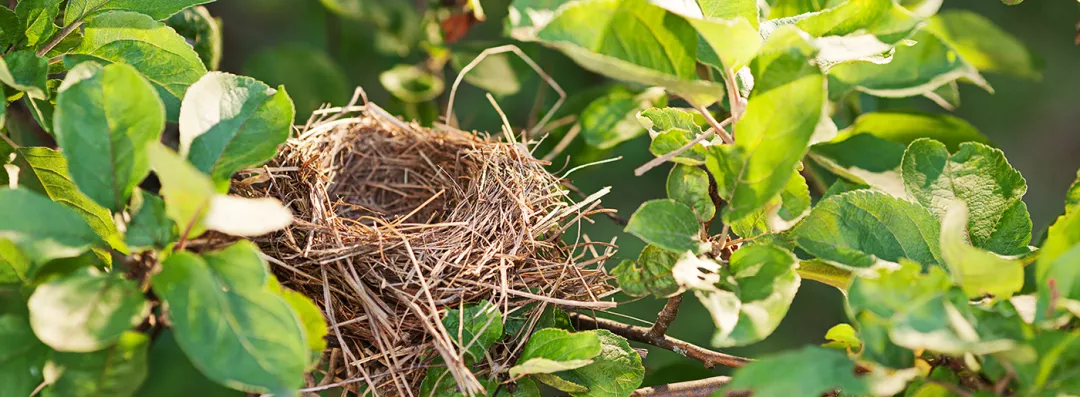Agri-environmental climate measures for farmland birds during the breeding season
The study shows the effects of agri-environmental climate measures for 2017-2022 in Flanders, Belgium.
- Belgium
- 2014-2022
- Environmental impacts


The study, carried out on behalf of the Flemish Land Agency and published in 2022, aims to assess the effects of the agri-environmental climate measures (AECMs) within the CAP for farmland birds. The following questions are evaluated:
- Which farmland bird species use these measures as breeding- or feeding habitat?
- How do these measures affect insect diversity and abundance?
- How does the landscape affect the effectiveness of these measures?
The study combined regional, local and individual monitoring data (based on GPS-tracking) to perform a statistical analysis of the effectiveness of the AECMs. It deployed a generalised linear model (GLM) with a Poisson distribution model as the statistical methods.
The study finds a lot of variation between individuals in land use and nest selection. Individual monitoring of specific seems to be a key element in a better understanding of the effectiveness of these measures. Observing variation in, for example, the land use or choice of nesting and feeding locations between individuals of the same species provides essential insights into the intraspecific variation of territory density, individual survival, breeding success and quality of chicks.
In general, the report shows that measures in the Flemish region contribute to the habitat of farmland birds by providing nesting and feeding habitat. In regional monitoring, this appears to translate into an increased probability of observation of species when AECMs are present. In local monitoring, the likelihood of detection increases for most farmland birds in those parts of the research areas where AECMs occur. Food availability is higher in several types of AECMs, such as herbaceous grass strips or winter-feeding crops, compared to neighboring regular crops.
Farmland birds were found to forage most often in AECMs with less dense vegetation and a more open structure. Yellow wagtails and skylarks in particular find it easier to move around. They nest mainly in winter wheat and potatoes. Successive nesting is also found in measures such as grass strips and summer cereals.
Nonetheless, these results should be approached with caution. Individual monitoring shows that the associations of species with these measures are not necessarily straightforward. Territory mappings indicated positive associations between the occurrence of species and the presence of, among others, herbaceous grass strips. On the other hand, the study notes that large parts of the territories of skylark, yellow wagtail, yellowhammer and partridges consist of regular crops such as cereals, potatoes and other vegetable crops.
Author(s)
University of Hasselt
Resources
Documents
Agri-environmental climate measures for farmland birds during the breeding season
(PDF – 16.31 MB – 109 pages)